In the past couple of decades, we have seen an exponential rise in flower and herbal tea infusions. Fuelled by an increased interest in healthy eating, it all started with a wider demand for scented teas in the 90s: mainly black and green teas with added flowers and aromas, such as jasmine tea. Lately however, the appeal of what has been perceived as ‘healthier’ alternatives, such as green tea and caffeine-free infusions, has risen further, with sales of green tea bags rising 50% between 2012 and 2014 in the UK, and fruit and herbal tea bags by 31% in the same period. In 2015, the herbal infusion market alone was an estimated 1 billion dollar revenue industry in the US.
The booming consumption of herbal infusions led to the creation of new companies, as well as to a return to traditional recipes. Both aspects contributed to the current availability of a broad range of blends, with exotic flowers prominently entering the global market. While we may be familiar with chamomile and lavender, many of the flowers contained in our favourite tisanes remain largely unknown. What are they, and where do they come from? We had a look at the most diffused teas in order to shed some light on the matter.
A word of caution: before drinking any herbal infusion, it is important to find out whether there are any allergy risks to be aware of. We also do not recommend that you forage ingredients for herbal infusions on your own, since there are serious risks posed by wrongly identifying ingredients.
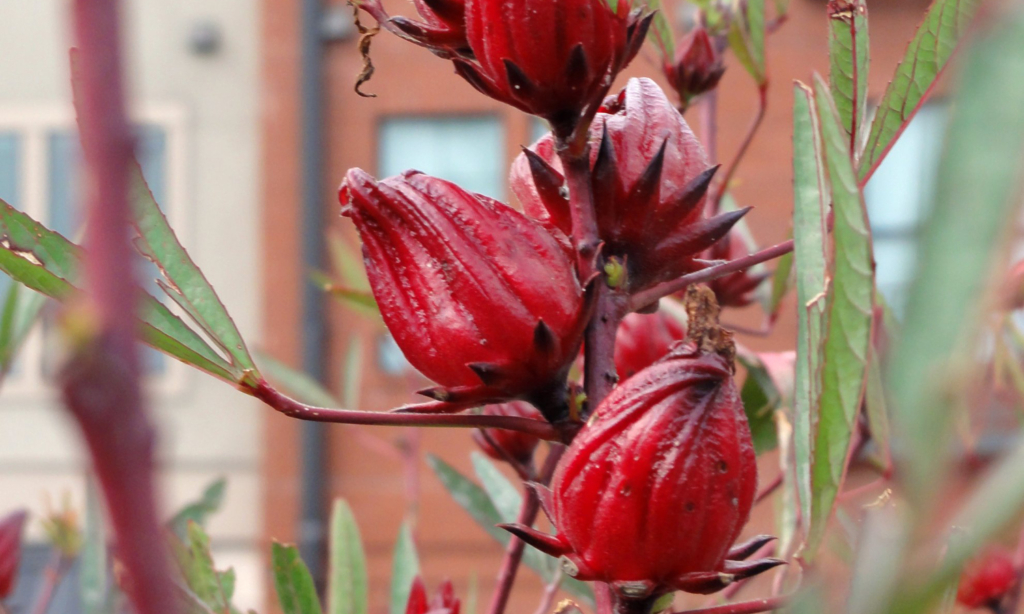
Hibiscus
Hibiscus are a large genus of plants growing mostly in tropical climates that belong to the mallow family. The variety used for tea is Hibiscus sabdariffa (also known as roselle and flor de jamaica). Calyx, in particular, is one of the most common ingredients for fruit and herbal infusions. A characteristic sign of hibiscus’ presence is the crimson hue and the fruity/tangy taste it lends to its infusion, called karkadé in parts of Africa and the Arab world. Hibiscus tea is also diffused in Southeast Asia, Central America and the Caribbean. Part of its popularity is due to its supposed health benefits, though these are unconfirmed with the exception of a few studies suggesting a mild blood pressure lowering effect. [Photo: Bart Everson/Flickr]
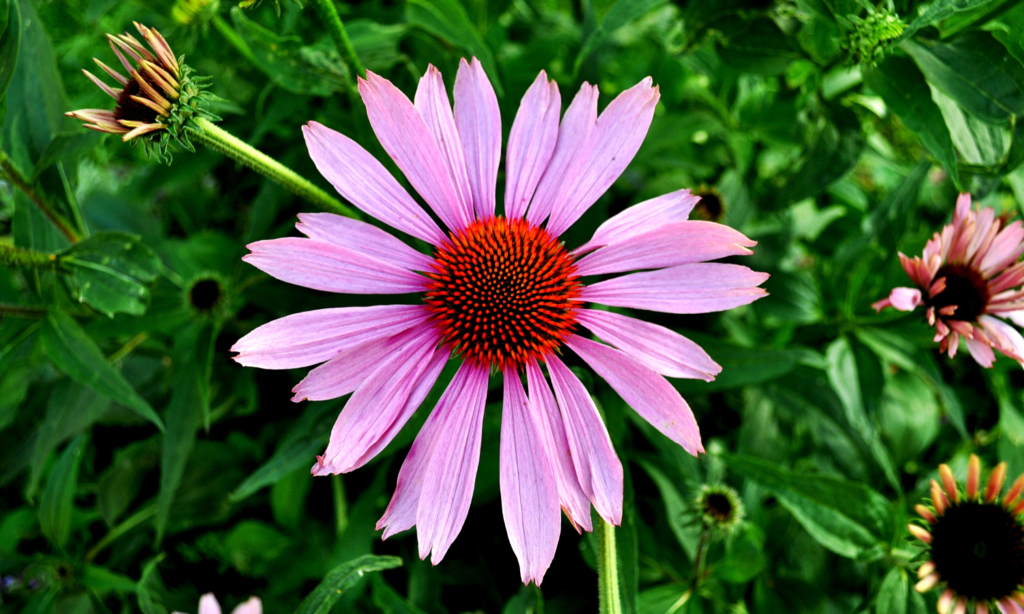
Echinacea
A group of plants in the daisy family that are native to North America (where they are known as coneflowers), Echinacea have become a very popular ingredient for infusions and supplements due to their alleged immune-stimulant properties (to this day still unproven). Its fame derives from the medicinal usage of Echinacea purpurea and Echinacea angustifolia by Native American tribes. It has also long been admired for the beauty of its flowers, which are commonly used as ornamental plants.
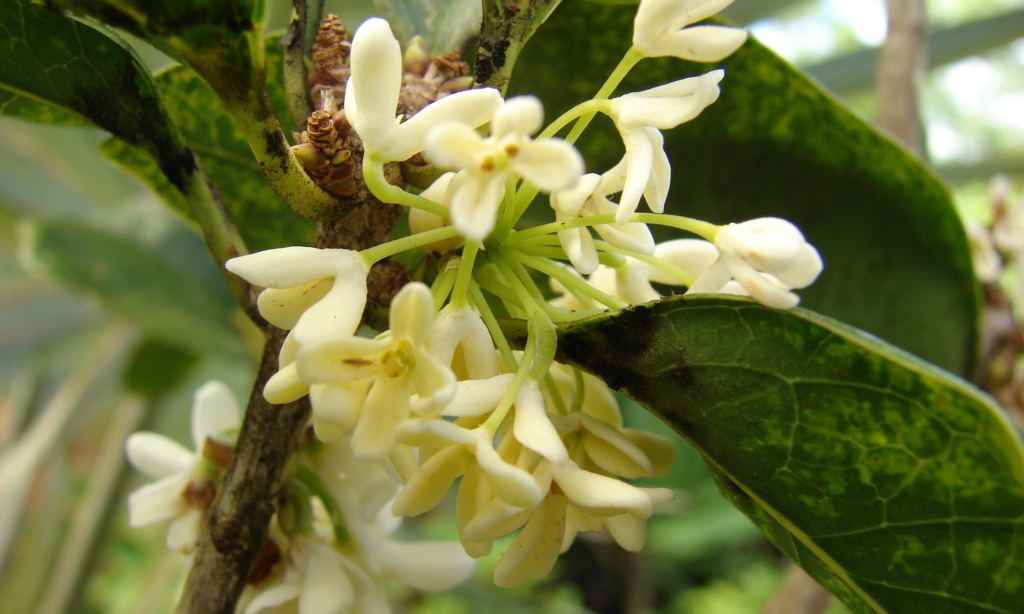
Osmanthus
Osmanthus in herbal infusions refers to Osmanthus fragrans (also known as sweet olive), a species native to Asia and the official flower/tree of four cities across China and Japan. Several Chinese cities dedicate festivals to the flower during its blooming season, with Shanghai being a notable example. The flower is well-known for its highly prized, uplifting scent, whose effects on mood have even been object of study in aromatherapy. This may also be the reason why many products containing osmanthus are marketed as ‘happiness’ products. With its delicate, slightly sweet taste, it is also a popular ingredient in Chinese cuisine. [Photo: Forest and Kim Starr/Flickr]
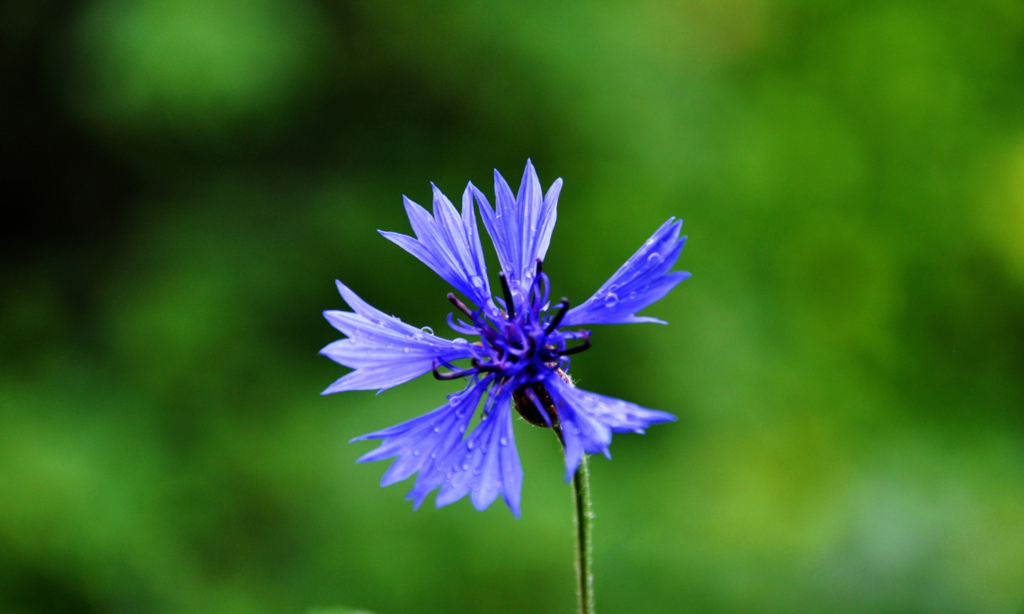
Cornflower
Whenever you see thin, beautiful blue petals in your cup, chances are it is a cornflower or common cornflower (Centaurea cyanus), a plant native to Europe and Estonia’s national flower. Its natural habitat are cornfields (hence the name), though agricultural intensification in the UK has caused the flower to be classified as endangered. It is mostly used for aesthetic purposes, its colour being intense and appealing. It is also one of the ingredients of the well-known Twinings Lady Grey tea blend.
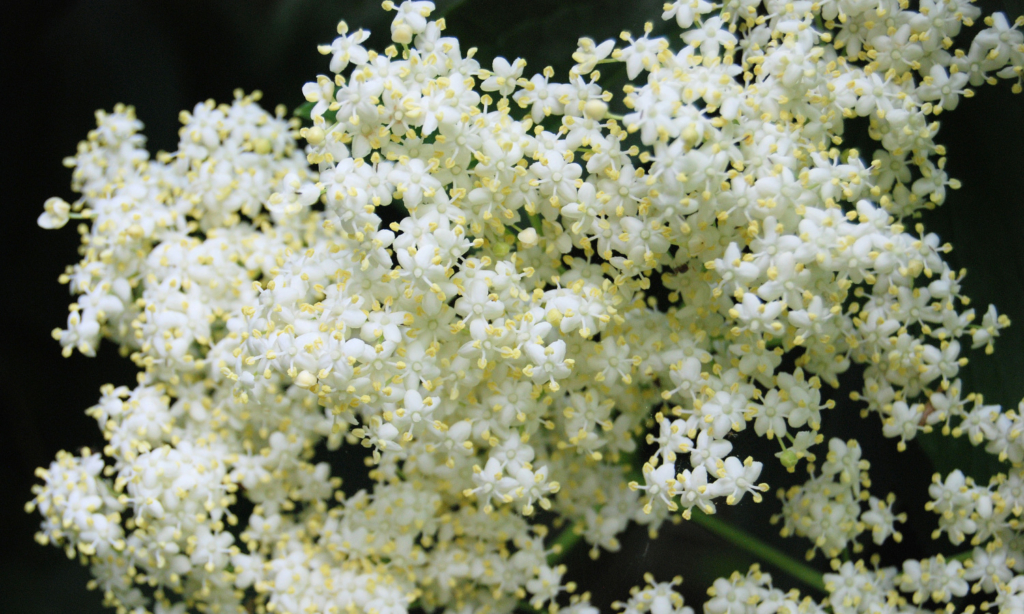
Elderflower
The flower of Sambucus nigra or elder, a species complex native to Europe, has traditionally been used in infusions, liqueurs, syrups and soft drinks for its refreshing and floral flavour in Northern Europe and the Balkan region, where it is commonly associated with summer. The elder plant is poisonous; for this reason, only trusted preparations should be used. Also, no elder-based product should ever be given to children without medical supervision. The flowers are widely commercially available for culinary purposes.
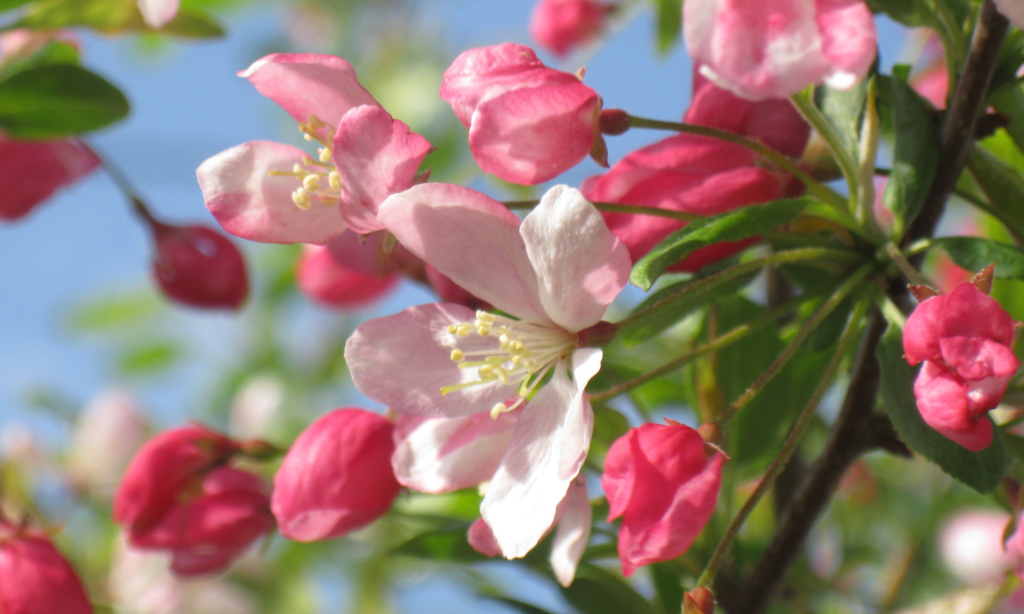
Bach Flower Teas
The latest addition to the wide range of flower infusions are Bach Flowers teas. These are blends combining herbal and fruit ingredients with compositions of Bach flowers, used in the homonymous system developed by Dr. Bach ‘to correct emotional imbalances where negative emotions are replaced with positive’. Based on his belief that dew collected from plants retained some of the plant properties, he developed a method to produce it, namely by steeping flowers in pure water under sunlight. The flowers were then removed, while the water was used as an ingredient in tinctures. While there is no scientific evidence to support this theory, some swear by its ‘energetic’ or ‘vibrational’ properties.
Article by Livia Formisani

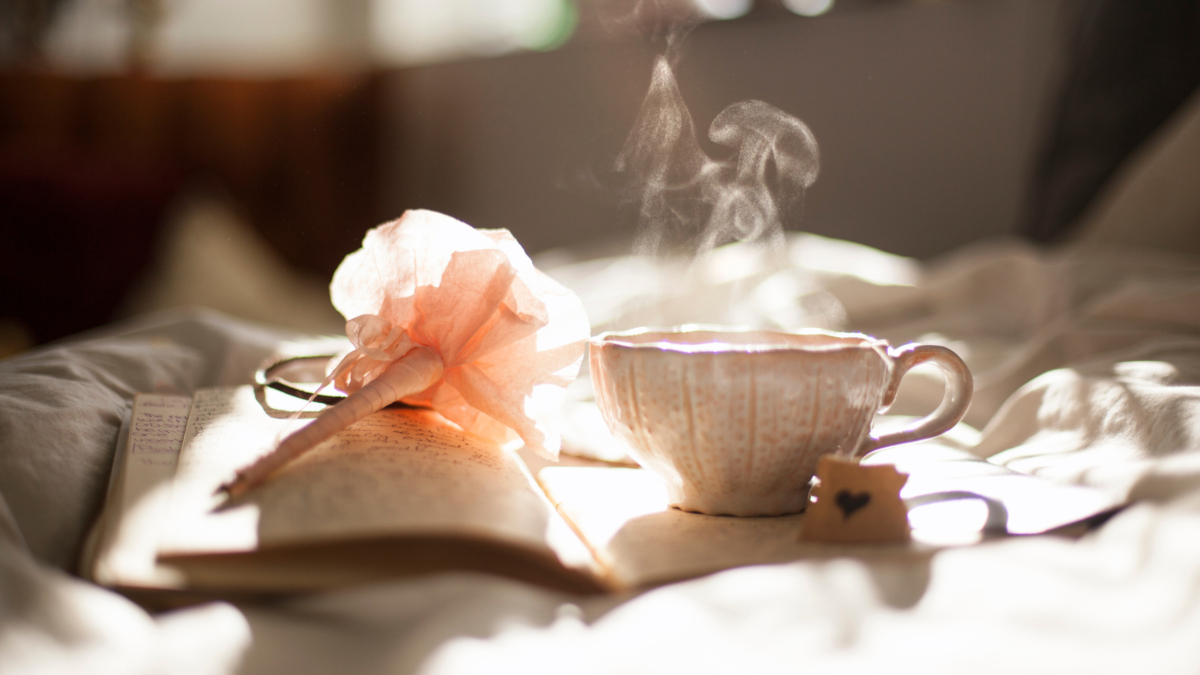












Sorry, the comment form is closed at this time.